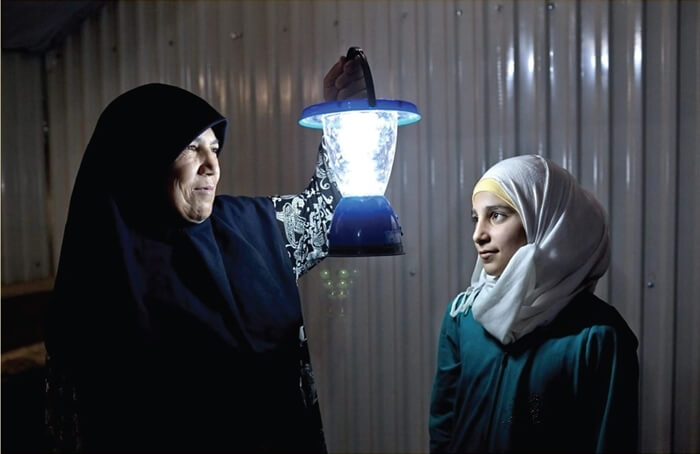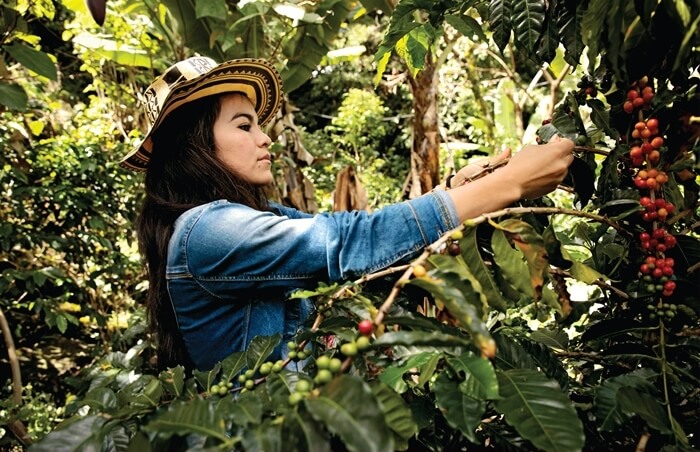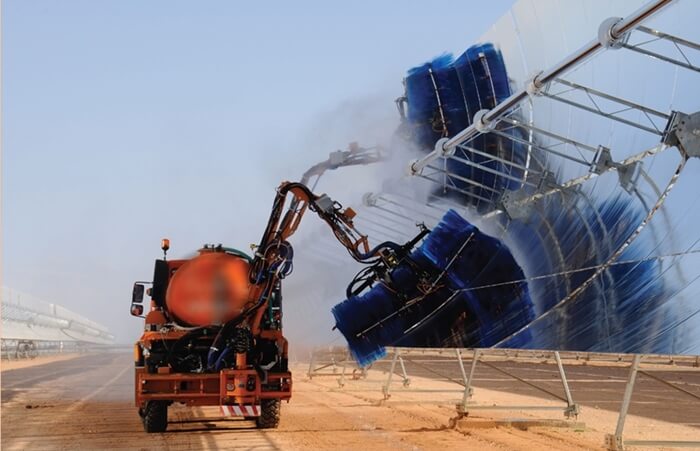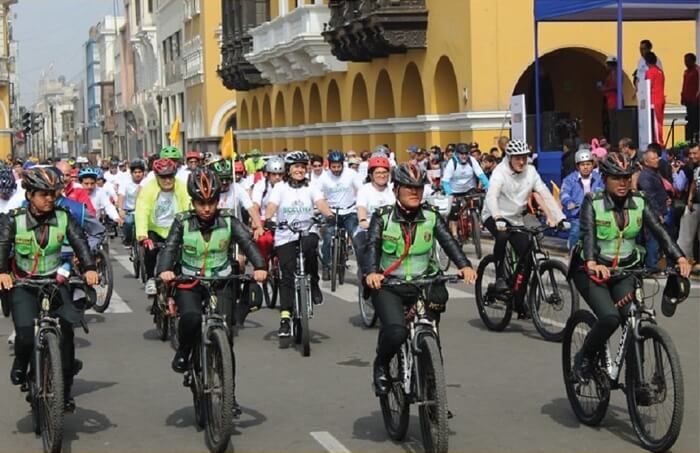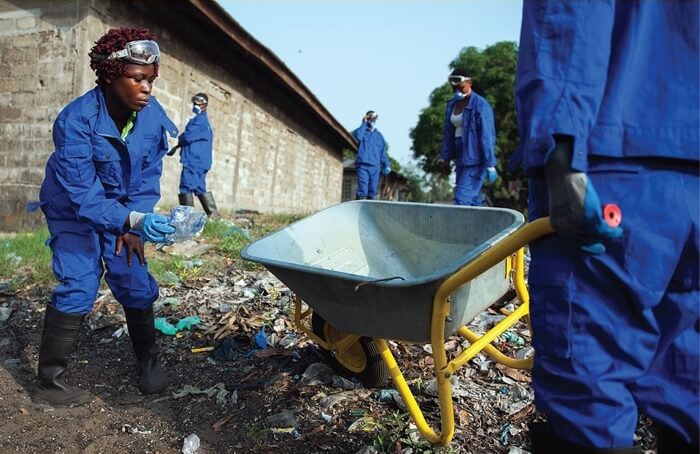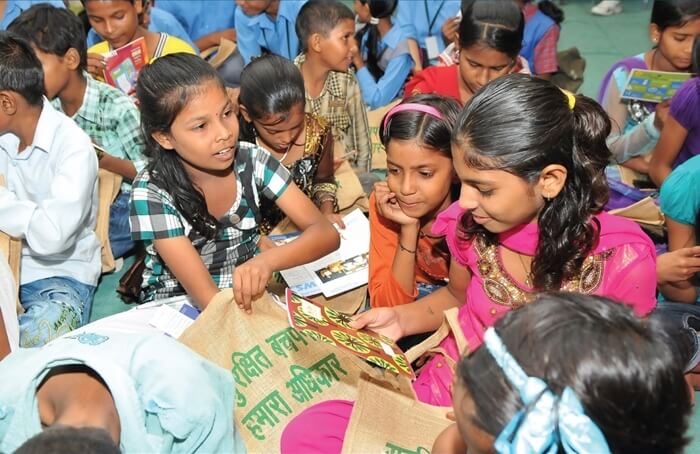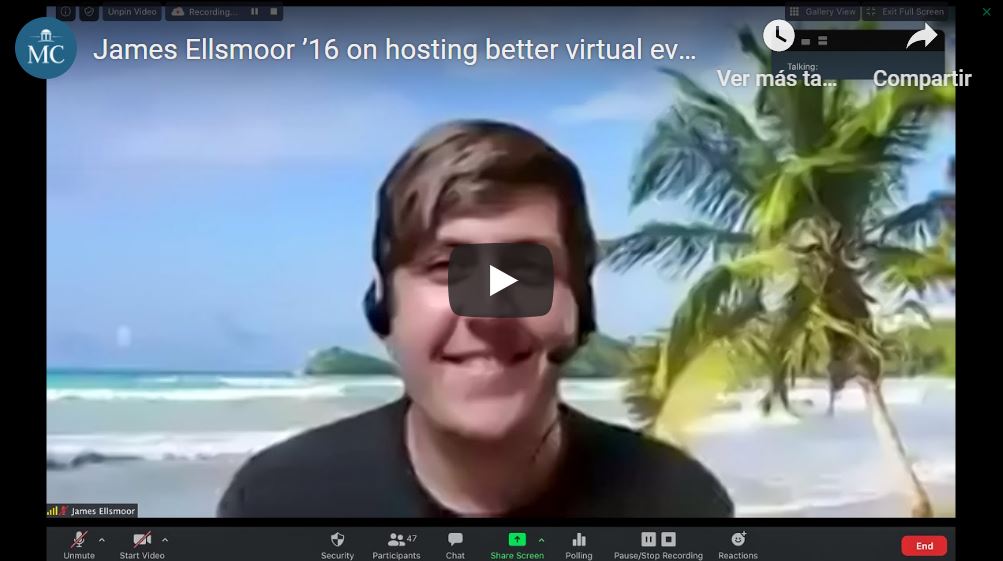Excerpt from
It’s difficult to imagine a more remote place than the Marquesas Islands, a group of volcanic islands that form part of the French Polynesian archipelago situated halfway between South America and Australia in the Pacific Ocean. Yet even here, or perhaps because of the islands’ very isolation, people have an acute awareness of the dangers that humans pose to the natural world.
During a 2013 survey of the islands, carried out by a scientific team sponsored by UNESCO, a group of local children were asked whether they could come up with some ideas as to how to protect their native maritime environment. They responded with an ambitious plan, suggesting that they be allowed to manage their own piece of ocean.
Despite the young age of its proponents, the idea quickly took off. Committees were formed, objectives identified and responsibilities distributed. The result was the creation of an Educational Managed Marine Area (EMMA). Its purpose was not only to protect this small patch of ocean from pollution and degradation, but also to welcome teachers, researchers and traditional users of the sea, such as fishers, to share their experiences and enrich each other’s knowledge of this invaluable resource.
The demands of the so-called ‘Children’s Parliament of the Sea’ that developed[d on Tahuata, the smallest of the inhabited Marquesas Islands, were simple but vital.

Island Innovation is a social enterprise and digital media company at the intersection of sustainable development and communications, offering specialised services across various sectors. We bring together the private sector, government, utilities, NGOs and universities to advance innovation for sustainability and prosperity in islands worldwide.

